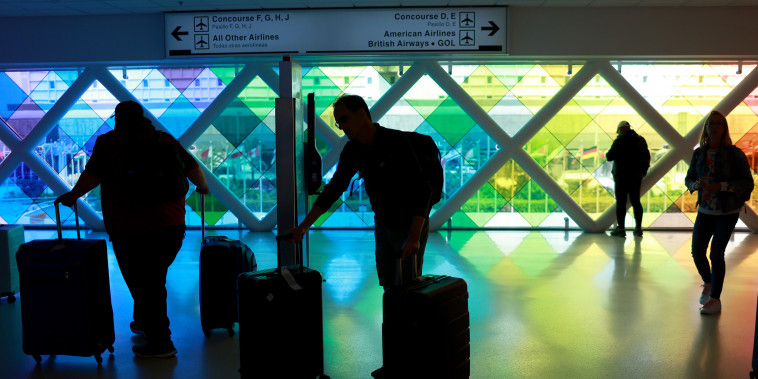Air travel demand is breaking records, but airline profits are not experiencing a proportional surge. The airline industry has had a turbulent year, marked by unpredictability and challenges. Several factors have contributed to the disparity between high demand and lower profits in the airline sector.
One significant factor affecting airline profitability is the rise in operational costs. The surge in air travel demand has led to an increase in fuel prices, which is a major expense for airlines. Additionally, the cost of labor, including wages and benefits for pilots, flight attendants, and maintenance staff, has also risen. These escalating operational costs have put pressure on airlines’ bottom line, despite the increase in passenger numbers.
Another key challenge for airlines is the ongoing impact of the COVID-19 pandemic. While air travel demand has rebounded significantly since the height of the pandemic, airlines are still dealing with the aftermath of travel restrictions, lockdowns, and economic uncertainty. The industry continues to face disruptions, such as changing travel restrictions, quarantines, and the emergence of new virus variants, which have all contributed to the uneven recovery of airline profits.
Market competition is also a crucial factor impacting airline profitability. The airline industry is highly competitive, with numerous carriers vying for market share. This intense competition often leads to fare wars and pressure on ticket prices, affecting airlines’ revenue streams. Additionally, the rise of low-cost carriers and the increasing popularity of budget travel options have further intensified competition in the airline sector, making it challenging for traditional carriers to maintain profitability.
In response to these challenges, airlines have implemented various strategies to improve their financial performance. Many airlines have focused on cost-cutting measures, such as reducing staff, renegotiating vendor contracts, and optimizing routes to minimize operational expenses. Some carriers have also diversified their revenue streams by offering ancillary services, such as in-flight Wi-Fi, extra legroom seating, and premium amenities, to boost their income.
Furthermore, airlines have been exploring new business models and partnerships to drive profitability. This includes collaborations with other airlines, joint ventures, and code-sharing agreements to expand their reach and increase their market presence. Airlines are also investing in technology and data analytics to enhance operational efficiency, improve customer experience, and identify new revenue opportunities.
Despite the challenges facing the airline industry, there are opportunities for growth and innovation. As air travel demand continues to recover and consumer confidence strengthens, airlines have the potential to capitalize on emerging trends and market shifts. By adapting to the evolving landscape, addressing operational inefficiencies, and embracing digital transformation, airlines can position themselves for sustainable profitability in the future.



























